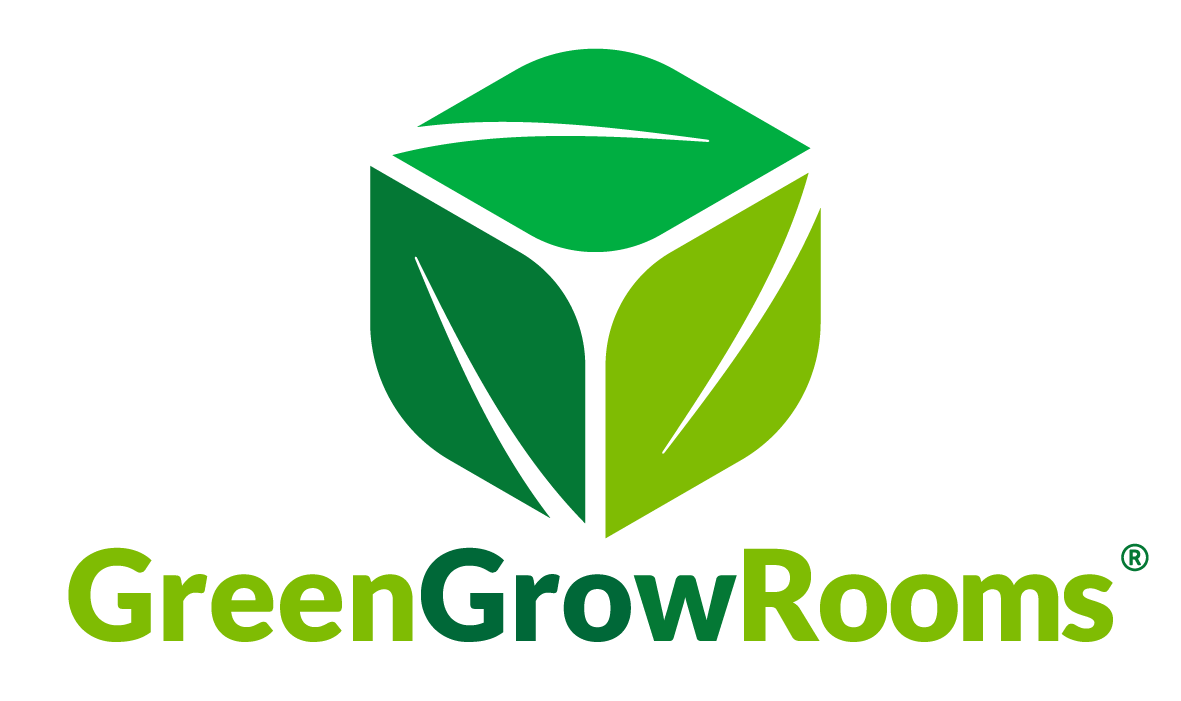Vertical Farming Methods
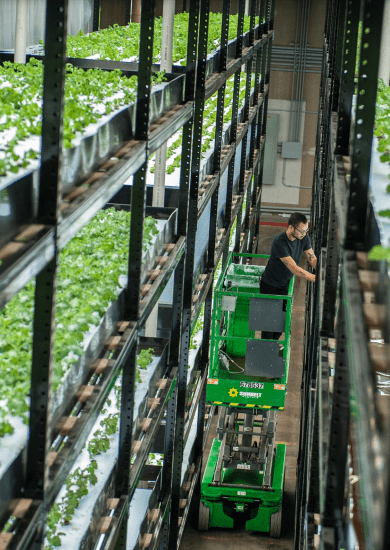
Indoor Vertical Agriculture with Green Grow Rooms™
Indoor vertical agriculture is an innovative technique that offers a
sustainable and efficient way to grow crops in urban environments.
CB by Corey Barirde
The Benefits of Indoor Vertical Agriculture
Sustainability
Using hydroponics and efficient LED lighting,
indoor vertical agriculture reduces water
usage by up to 90% and requires 60% less
fertilizer than traditional methods
Pest Control
Indoor environments significantly reduce
pest infestations, saving farmers the costs of
chemical pest control.
Cost
Crop yields are higher and are produced
faster, creating a greater profit margin for
farmers, and reducing transportation costs
to local markets.
Crop Benefits
Indoor vertical agriculture provides optimal
growing conditions, allowing farmers to
cultivate healthier and stronger plants that
are more resistant to diseases and pests.
The Hydroponic System Explained

Hydroponics
A method of growing plants
in nutrient-rich water without
soil. It’s a highly efficient
system that maximizes crop
yields and minimizes water
usage and waste.

LED Lighting
Light-emitting diodes (LEDs)
provide the perfect light
spectrum for plant growth
and development. They
reduce energy consumption
and produce less heat than
traditional light sources.
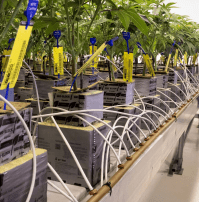
Water System
Hydroponic systems
recirculate water, which is
highly efficient and reduces
water consumption by up to
90% compared to traditional
farming methods
Growing Crops with LED Lighting
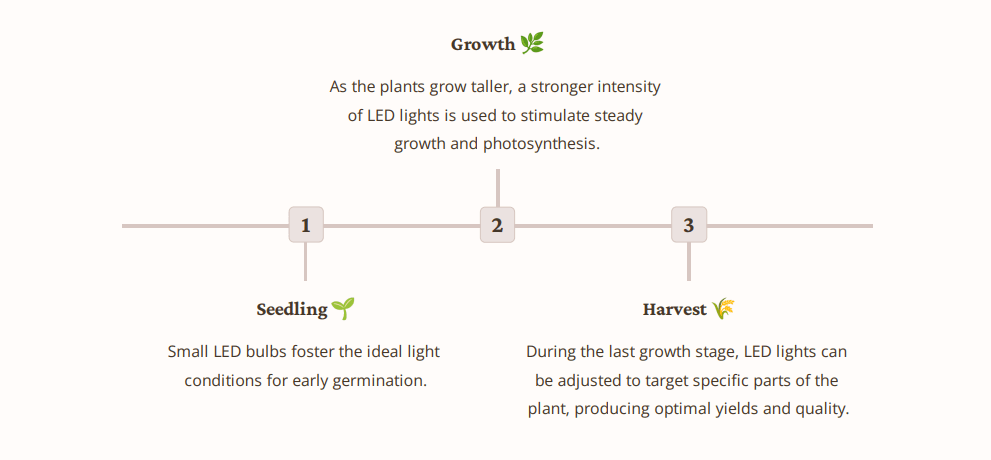
Practical Examples of Indoor Vertical Farms

Vegatables
Using our vertical
rack systems, you
can fit more plants
per square foot.
Enjoy higher yields
as you double or
triple your plant
count.
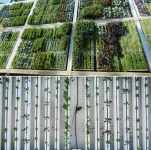
Herbs
Vertical farming
allows for the
efficient cultivation
of aromatic herbs in
controlled
environments.
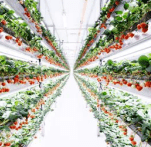
Fruits
Vertical farming
allows for the
optimized cultivation
of strawberries
resulting in higher
yields and increased
profit margins for
farmers.

Lettuce Spinach
Vertical farms
produce crisp, green
lettuce that can be
harvested within just
a few weeks. Indoor
vertical farms can
grow spinach yearround using
hydroponic systems
and LEDs. Spinach is
harvested within 20-
30 days.
Green Grow Rooms™️makes it all possible!
GreenGrowRooms.com is a perfect solution for maintaining the environment needed for indoor vertical farming for several reasons. First, they offer a variety of grow rooms and accessories that are specifically designed to provide optimal growing conditions for plants, including those grown in vertical farming systems. These grow rooms are made from high-quality materials and are designed to be energy-efficient, providing the ideal temperature, humidity, and lighting conditions needed for optimal plant growth. Second, we offer a range of accessories that are essential for maintaining the environment needed for indoor vertical farming. These accessories include ventilation systems, CO2 regulators, and hydroponic systems, among others. These accessories help to ensure that the air quality, temperature, and humidity levels within the grow rooms remain stable, providing a consistent and healthy environment for plants.
Finally, GreenGrowRooms.com offers expert guidance and support to help growers optimize their indoor vertical farming systems. Their team of experts can help growers design and install custom grow room solutions that meet their specific needs and can provide ongoing support for troubleshooting and maintenance.
Finally, GreenGrowRooms.com offers expert guidance and support to help growers optimize their indoor vertical farming systems. Their team of experts can help growers design and install custom grow room solutions that meet their specific needs and can provide ongoing support for troubleshooting and maintenance.
A Sustainable Future
Indoor vertical agriculture is still in its early days, however, the potential benefits that it offers are
clear. With optimized efficiency, reduced environmental impact, and increased profits, this
innovative technique is poised to shape the future of agriculture and horticulture.
1. Reduced Environmental Footprint
Indoor vertical
agriculture reduces
water use, fertilizer use,
and transportation costs
resulting in a lower
overall environmental
impact.
2. Increased Food Quality
Indoor vertical
agriculture produces
healthier crops using
advanced LED lighting,
recirculating water
systems, and precise
monitoring of
temperature and
humidity.
3. Optimized Efficiency
Indoor vertical
agriculture offers a
reliable food supply with
optimized efficiency and
higher crop yields that
can meet the challenges
of an ever-increasing
population.
